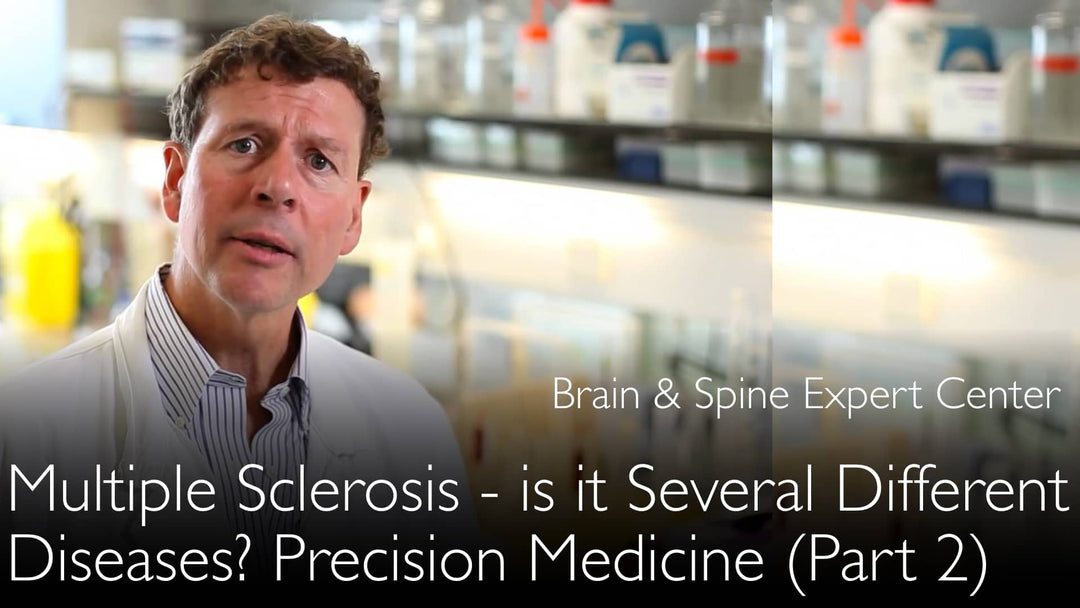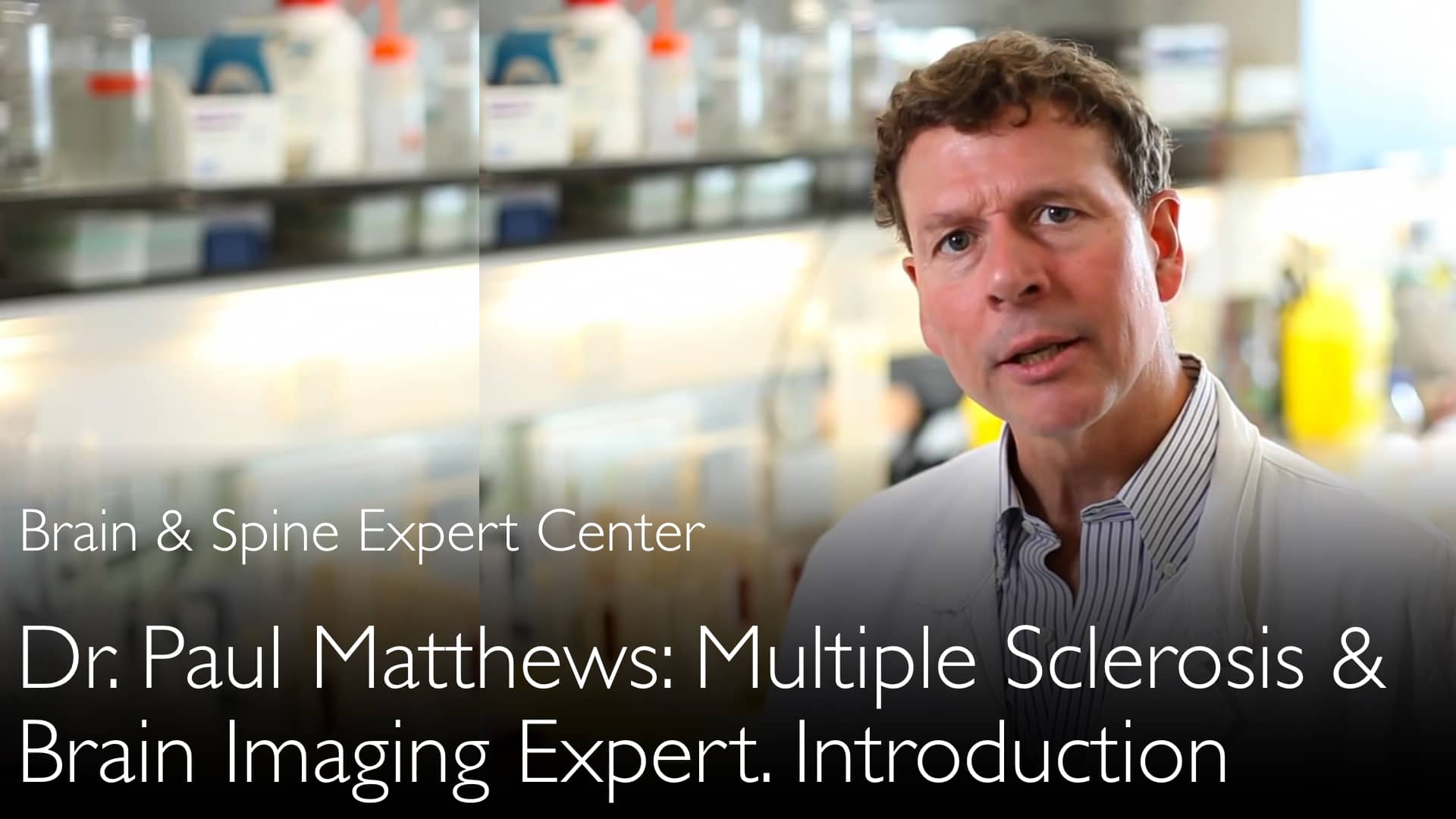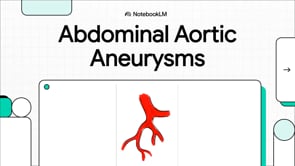多発性硬化症と神経画像診断学の権威であるポール・マシューズ医学博士が、視神経脊髄炎(NMO)が多発性硬化症とは異なる独立した疾患として再定義された背景を解説します。アクアポリン4抗体が確立されたバイオマーカーとして果たす役割について詳述。さらに、個別化された多発性硬化症治療への複雑なアプローチについて論じ、患者の層別化と治療選択における遺伝的因子、環境因子、MRI所見の重要性を考察します。
視神経脊髄炎の理解と多発性硬化症における精密医療の未来
セクションへ移動
NMO:独立した疾患
ポール・マシューズ医学博士は、視神経脊髄炎(NMO)が多発性硬化症とは別の独立した疾患として認識されるようになったと説明します。この再分類は、神経学における精密医療の大きな成果です。メイヨークリニックとオックスフォード大学の研究により、特定のMS類似症候群が抗体と特異的に関連することが示され、疾患の区別が可能になりました。
NMOは古典的なMSと比べて、予後が異なり、MS治療薬への反応も異なり、異なる患者集団に発症します。ポール・マシューズ医学博士は、特定の東洋人型と白人型が存在するものの、新たな知見により統一的に理解されるようになったと指摘します。
アクアポリン4抗体の役割
アクアポリン4抗体の発見は画期的な瞬間でした。ポール・マシューズ医学博士は、血清中に存在するこの抗体がNMOの統一的なバイオマーカーとして機能すると説明します。このバイオマーカーは、研究と診断において明確な生物学的標的を提供しました。
この抗体の同定により、科学者はNMOの動物モデルを作製できるようになりました。これにより、症状ベースの分類から機序ベースの定義へと移行し、疾患の病態生理を比較的精密に理解できるようになりました。
MS予後における遺伝的要因
残存する広義の多発性硬化症症候群において、遺伝的要因は疾患の重症度を決定する上で極めて重要です。ポール・マシューズ医学博士は、HLA遺伝子型、特にHLA 1501ハプロタイプがMSのより悪性の経過と関連することを強調します。
他の強力な遺伝子マーカーの発見が将来の鍵となります。これらのマーカーはMS患者の層別化を助け、画一的なアプローチを超えた真に個別化された治療への道を開くでしょう。
精密医療におけるMRI
ポール・マシューズ医学博士は、先進的MRIがMS治療を個別化する強力なツールであると強調します。臨床試験における連続的MRI画像により、T2病変負荷、脱髄、軸索脱落、脳萎縮の変化率が記録されます。
これは進行する病態とその重症度を直接的に可視化します。マシューズ博士は、MRIデータがMS発症後1年以内により精密に患者を層別化するアルゴリズムにつながり、より早期かつ情報に基づいた治療決定を可能にすることを期待しています。
MS治療の個別化
最終目標は、個々の患者プロファイルに基づいたMS治療の個別化です。ポール・マシューズ医学博士は、この道筋は複雑であり、単一のバイオマーカーに依存しないと述べます。遺伝的素因、緯度やビタミンDなどの環境要因、喫煙などの生活習慣要因を統合する必要があります。
この個別化評価は、患者に可能性のある予後を提供する助けとなります。多様な有効性と安全性プロファイルを持つ多数のMS治療薬が利用可能なため、患者と医師は協力的に最適なベネフィット-リスクプロファイルの治療を決定できます。一部の患者には高効率治療が必要ですが、他の患者には安全性が高く侵襲の少ない選択肢が有益となり得ます。
全文書き起こし
アントン・ティトフ医学博士: 多発性硬化症はいくつかの異なる疾患で構成されているのでしょうか?先進的MRI臨床試験は何を示していますか?あなたは多発性硬化症研究でMRI臨床試験を実施されています。
ポール・マシューズ医学博士: 神経学を専門とする聴衆の皆様はこの事実をよくご存じでしょう。過去10年間でいくつかの発見がありました。メイヨークリニックにおける多発性硬化症研究は、オックスフォード大学や他の機関による追加研究によって支持されました。特定の多発性硬化症症候群が抗体の存在と特異的に関連することが実証されたのです。
このMS症候群の側面は非常に特徴的でした。抗体はアクアポリン4に対して指向されていました。これは血清中に発見されたタンパク質です。さらに、このアクアポリン4抗体が東洋人型視神経脊髄炎の原因であることが判明しました。
視神経脊髄炎には特定の東洋人型が存在します。また白人型視神経脊髄炎も存在します。この抗体は本症候群の統一的なバイオマーカーを提供します。その後多くの知見が得られました。なぜなら視神経脊髄炎の動物モデル作製も可能となったからです。
我々はNMOの病態生理を比較的精密に理解し始めました。これは精密医療ベースのアプローチにおける最も顕著な成功例であると考えます。視神経脊髄炎は、以前は全て多発性硬化症と見なされていた症候群のサブグループです。
現在、視神経脊髄炎は特定の疾患単位として定義されています。現在では全く別個の疾患と見なされています。視神経脊髄炎は多発性硬化症治療薬に異なる反応を示します。NMOは異なる予後を持ちます。
アントン・ティトフ医学博士: 異なる患者集団に発症します。では、広義の多発性硬化症症候群の残存部分について見てみましょう。
ポール・マシューズ医学博士: これも明らかです。異なるHLA遺伝子型を持つ患者は、多発性硬化症の重症度に対して異なるレベルで感受性があります。例えば、HLA 1501ハプロタイプは多発性硬化症のより悪性の進行と関連しています。
我々は他の強力な多発性硬化症の遺伝子マーカーを発見できることをますます期待しています。これは多発性硬化症患者の層別化に役立つでしょう。その後、治療の個別化への道を歩み始めることができます。
最後に、多発性硬化症治療の個別化への道筋は単純ではない可能性があることに注意したいと思います。多発性硬化症の精密医療治療は単一のバイオマーカーに依存しないでしょう。NMOの事例は非常に幸運でしたが、おそらくこれはより稀なケースであろうと考えます。
MS治療の個別化には、複数のリスク因子を考慮する必要が生じる可能性が高いです。多発性硬化症に影響を与える遺伝的、環境的、生活習慣的要因があります。緯度、ビタミンDレベル、喫煙、その他の高危険行動の影響を認識しなければなりません。
多発性硬化症の遺伝的感受性因子も重要です。これら全てが、初回医師受診時の多発性硬化症患者のより良い評価に役立ちます。その後、患者に予後に関する情報を提供し始めることができます。
最後に、この個別化は特殊なMRIの使用によって大幅に強化できると考えます。MRI画像は進行する病態を直接可視化します。連続的画像臨床試験は、脳内のT2病変負荷の変化率を記録することができます。
MRIは随伴する損傷を観察することを可能にします。損傷は、脱髄と軸索脱落の測定値として表されるT2病変とともに発生します。MRIはまた脳萎縮も測定します。
アントン・ティトフ医学博士: 総合的に、連続的MRIは多発性硬化症における病態の重症度に関する感覚を与えてくれます。これを精密医療治療に活用できることを願っています。
ポール・マシューズ医学博士: MRIは、多発性硬化症発症後1年以内により精密に患者を層別化するアルゴリズムへと我々を導くでしょう。非常に高効率治療を真に必要とする患者を分離することができます。
また、集団全体では抗炎症効果が低い治療法から同等の利益を得る可能性のある多発性硬化症患者も同定できます。しかし、そのような薬剤は潜在的により良い安全性プロファイルを持つことができます。
明らかにこれは精密医療の一要素です。それは多発性硬化症の早期段階における患者層別化のための予測能力です。一部の患者はより積極的な多発性硬化症治療を必要とするでしょう。
他の患者はより穏やかな治療を必要とします。はい、その通りだと思います。精密医療では、個々の患者に対して可能性の高い予後についてより良い説明をしたいと考えます。
その後、患者は多発性硬化症治療の最適なベネフィット-リスクプロファイルが何であるかを決定しなければなりません。
アントン・ティトフ医学博士: 多発性硬化症患者は、現在我々が有する広範な薬剤から選択できます。なぜなら現在我々は幸運な立場にあるからです。多発性硬化症に対する多数の薬剤を有しています。それらは実際に極めて広範な有効性と安全性特性を持っています。






